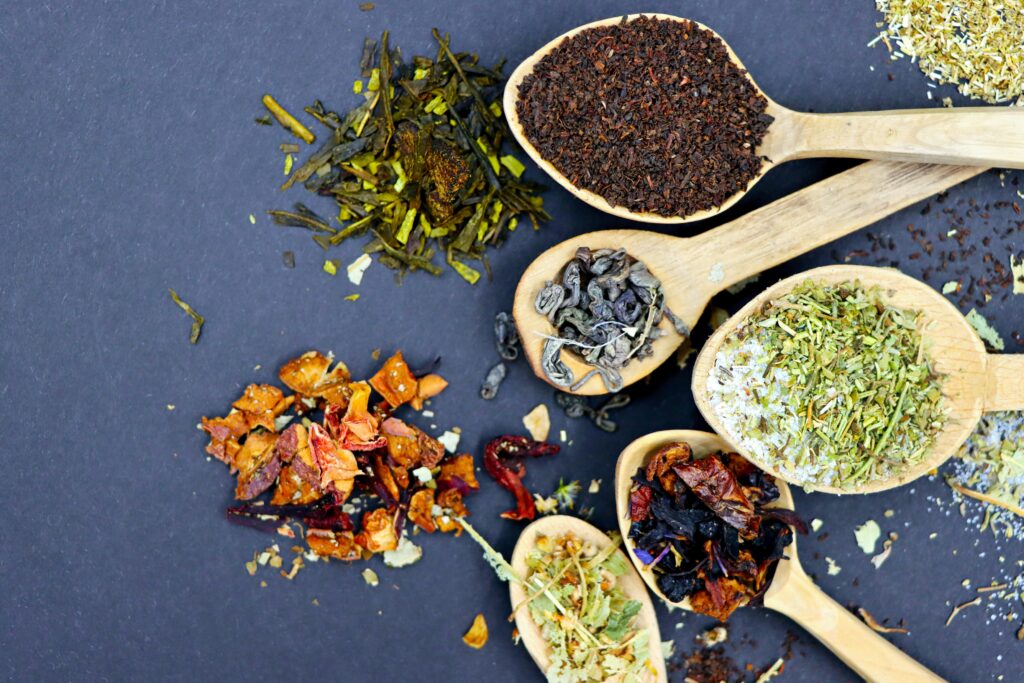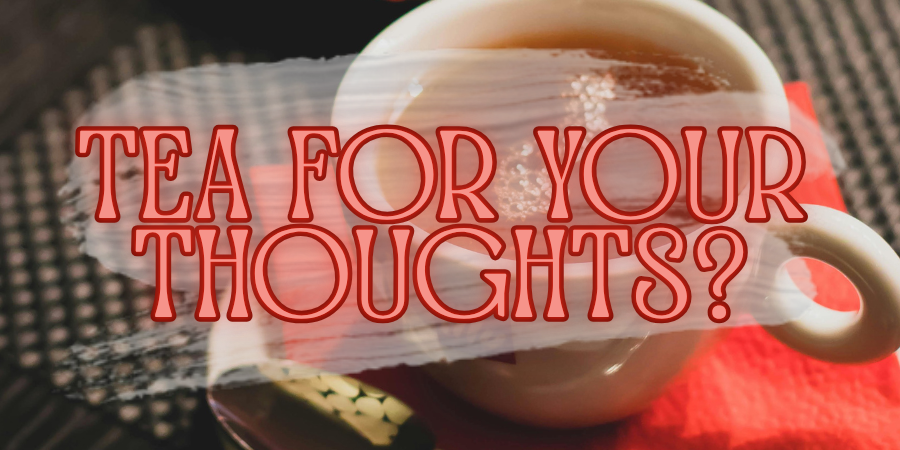Introduction to the World of Tea
Tea is one of the most popular beverages in the world, second only to water. From its ancient roots in China to modern tea cafés, this aromatic drink has a rich history and an endless variety of flavors. For beginners, the world of tea can feel overwhelming—green, black, white, oolong, herbal… where do you start? This guide will walk you through the best teas for beginners, ensuring your first steps into tea drinking are both enjoyable and rewarding.
Why Choosing the Right Tea Matters for Beginners
Flavor Profiles and Personal Preferences
Just like coffee or wine, tea offers a wide spectrum of flavors—from grassy and vegetal to bold and malty. Starting with approachable, balanced flavors helps you develop your palate without being overwhelmed.
Caffeine Levels and Health Considerations
Some teas pack a strong caffeine punch, while others are naturally caffeine-free. Beginners often prefer mild to moderate caffeine levels or herbal teas that can be enjoyed any time of day.
The Main Types of Tea Explained
Green Tea – Fresh and Vibrant
Green tea is minimally processed, offering a fresh, grassy, and sometimes floral taste. Popular varieties like Sencha and Jasmine Green Tea are gentle introductions for beginners.
Black Tea – Bold and Robust
Fully oxidized, black tea has a strong, rich flavor that pairs well with milk or lemon. English Breakfast and Earl Grey are excellent starting points.
White Tea – Light and Delicate
The least processed of all teas, white tea has a subtle, sweet flavor. It’s perfect for beginners who prefer a light, smooth taste.
Oolong Tea – Balanced and Complex
Sitting between green and black tea in oxidation, oolong offers floral and toasty notes. Beginners often enjoy its complexity without the bitterness of over-steeped green tea.
Herbal Tea – Naturally Caffeine-Free
Made from herbs, flowers, and fruits, herbal teas like Chamomile are perfect for relaxing before bed.

Best Teas for Beginners to Try First
- Sencha Green Tea – Mild, fresh flavor with a hint of sweetness.
- English Breakfast Black Tea – Bold and versatile; can be enjoyed plain or with milk.
- Chamomile Herbal Tea – Soothing and caffeine-free, ideal for evenings.
- Jasmine Green Tea – Fragrant floral aroma and smooth taste.
- Earl Grey Black Tea – Black tea infused with bergamot for a citrusy twist.
How to Brew Tea Perfectly as a Beginner
Choosing the Right Water Temperature
- Green Tea: 75–80°C (167–176°F)
- Black Tea: 95–100°C (203–212°F)
- Herbal Tea: 95–100°C (203–212°F)
Steeping Time Tips for Each Tea Type
- Green Tea: 1–3 minutes
- Black Tea: 3–5 minutes
- Herbal Tea: 5–7 minutes
Loose Leaf vs Tea Bags – Which Should You Choose?
Loose leaf offers better flavor, but quality tea bags can still deliver a great cup if you’re just starting out.
Must-Have Accessories for Beginner Tea Drinkers
- Tea Infusers and Strainers – For brewing loose leaf tea without mess.
- Kettles with Temperature Control – Ensures perfect brewing temperature.
- Tea Storage Containers – Keeps tea fresh and flavorful.
Common Mistakes Beginners Make and How to Avoid Them
- Using boiling water for delicate green tea (causes bitterness).
- Oversteeping, leading to overly strong or bitter flavors.
- Storing tea in clear jars exposed to sunlight (causes flavor loss).
Where to Buy Quality Tea as a Beginner
Local Tea Shops
Support small businesses and get expert advice.
Online Tea Retailers
Websites like Adagio Teas offer beginner-friendly samplers.
Farmer’s Markets
Fresh, locally grown herbs make excellent herbal blends.
FAQs on Starting Your Tea Journey

Q1: What is the easiest tea for a beginner?
A: English Breakfast or Chamomile are simple and well-loved choices.
Q2: Can I drink tea every day?
A: Yes! Just watch your caffeine intake if you’re sensitive.
Q3: Should I start with loose leaf or tea bags?
A: Tea bags are convenient, but loose leaf provides a richer flavor.
Q4: How do I know if my tea has gone bad?
A: If it smells stale or tastes flat, it’s time to replace it.
Q5: Is herbal tea really tea?
A: Technically no—it’s a tisane, but it’s brewed just like tea.
Q6: Can I mix different teas together?
A: Yes! Blending teas is a fun way to create unique flavors.
Conclusion – Your Next Steps in the World of Tea
Starting your tea journey is about exploration and enjoyment. Begin with approachable flavors, learn proper brewing techniques, and gradually expand into more complex varieties. Whether you’re sipping a soothing chamomile before bed or enjoying a bright cup of sencha in the morning, there’s a whole world of tea waiting for you.
read more!
- chamomile tea recipe
- elaichi chai
- masala chai
- pakistani chai
- chai latte recipe
- doodh patti
- lavender tea
- milk thistle tea recipe
- moringa tea recipe
